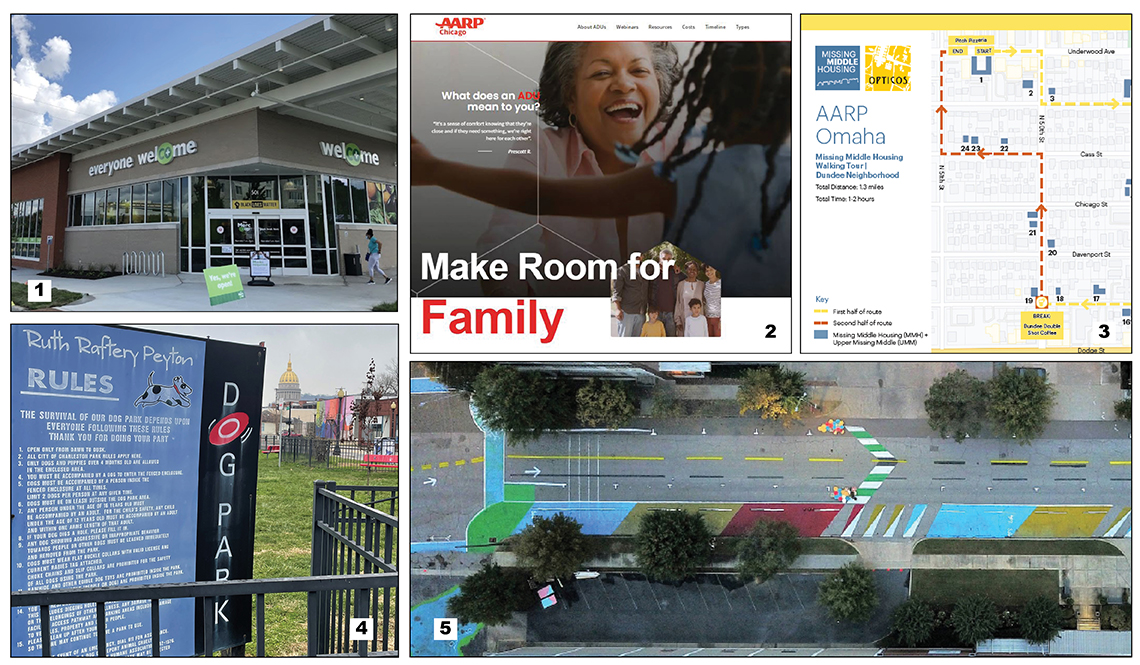
Lessons from livability leaders: 2021 report
- Select a language for the TTS:
- UK English Female
- UK English Male
- US English Female
- US English Male
- Australian Female
- Australian Male
- Language selected: (auto detect) - EN
Play all audios:

KEY TAKEAWAYS _Some advice from the AARP Livable Communities Technical Advisors Program:_ ENGAGE LOCAL PARTNERS Without committed, engaged local partners, success is not possible. Consider
who needs to be a part of the effort. These might include subject matter experts, local leaders, planners, advocacy organizations, regional planning entities, elected officials or others.
Such relationships are key, especially when planning an event, conducting outreach or rallying decision-makers. Clearly define what local partners, government officials and AARP needs to do
to achieve the project. BE (A LITTLE) OPPORTUNISTIC Unexpected or emergent conditions can present an opportunity to move the needle forward on an issue or project. If there’s some location
flexibility (for example, working in an adjacent neighborhood or at a statewide instead of community level), a move could increase the odds of assembling the elements needed to effect
change. Large, urban areas typically have more of a regional impact, but they can require additional processes. In contrast, a smaller communities might be able to act faster and more
nimbly. Working cross-jurisdictionally can increase the odds of success. TRIGGER ACTION AND DOCUMENT RESULTS Needed change rarely happens quickly. The inaction and delays that are par for
the course can become an excuse for nothing getting done. At the same time, the full picture of impact can take years to see. Finding ways to trigger action (such as with resources from the
AARP Community Challenge grant program) can keep the ball moving. It's both important and inspiring to document the results and impact of efforts.
